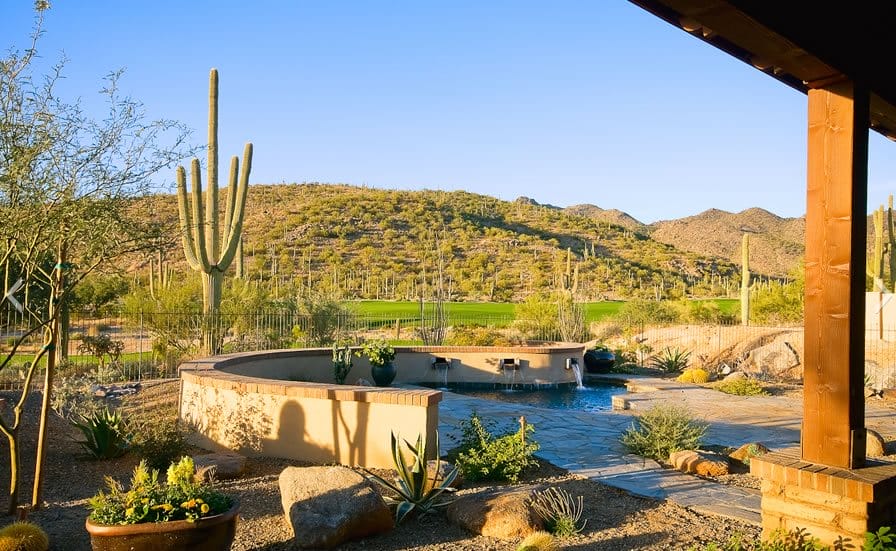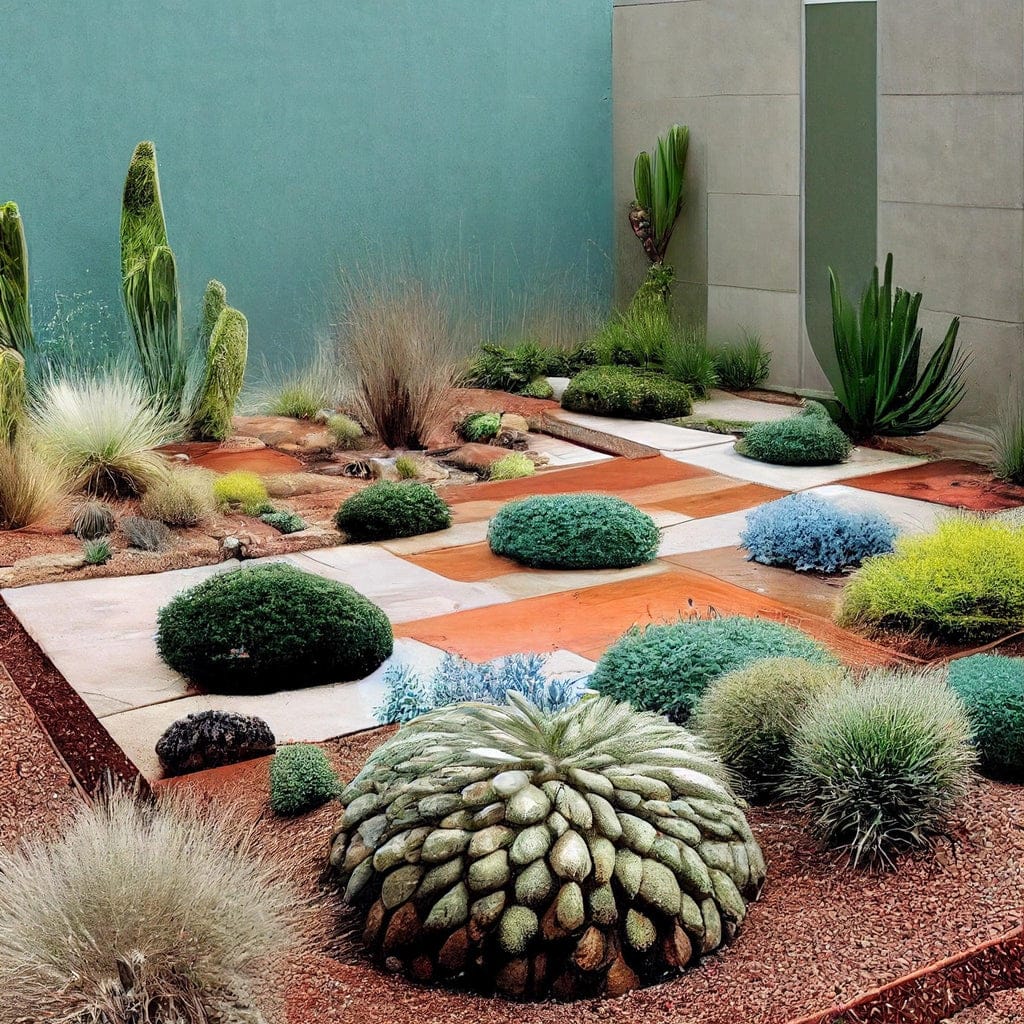How to Create a Low-Maintenance Landscape with Xeriscaping
By Innovation Grounds
Creating a low-maintenance landscape is an appealing goal for homeowners who want to enjoy a beautiful outdoor space without the constant upkeep. If you’re looking to save time, water, and energy while still having an attractive yard, xeriscaping is a fantastic solution. This landscaping method focuses on using drought-tolerant plants, water-efficient techniques, and minimal maintenance. In this blog, we’ll explore how you can create your own low-maintenance landscape with xeriscaping principles.
What is Xeriscaping?
Xeriscaping is a landscaping technique that emphasizes water conservation by using plants that require minimal irrigation once established. This method not only helps you save water but also reduces the need for fertilizers, pesticides, and other maintenance tasks. It’s ideal for homeowners in arid or drought-prone areas, but anyone can benefit from creating a low-maintenance landscape using xeriscaping principles.
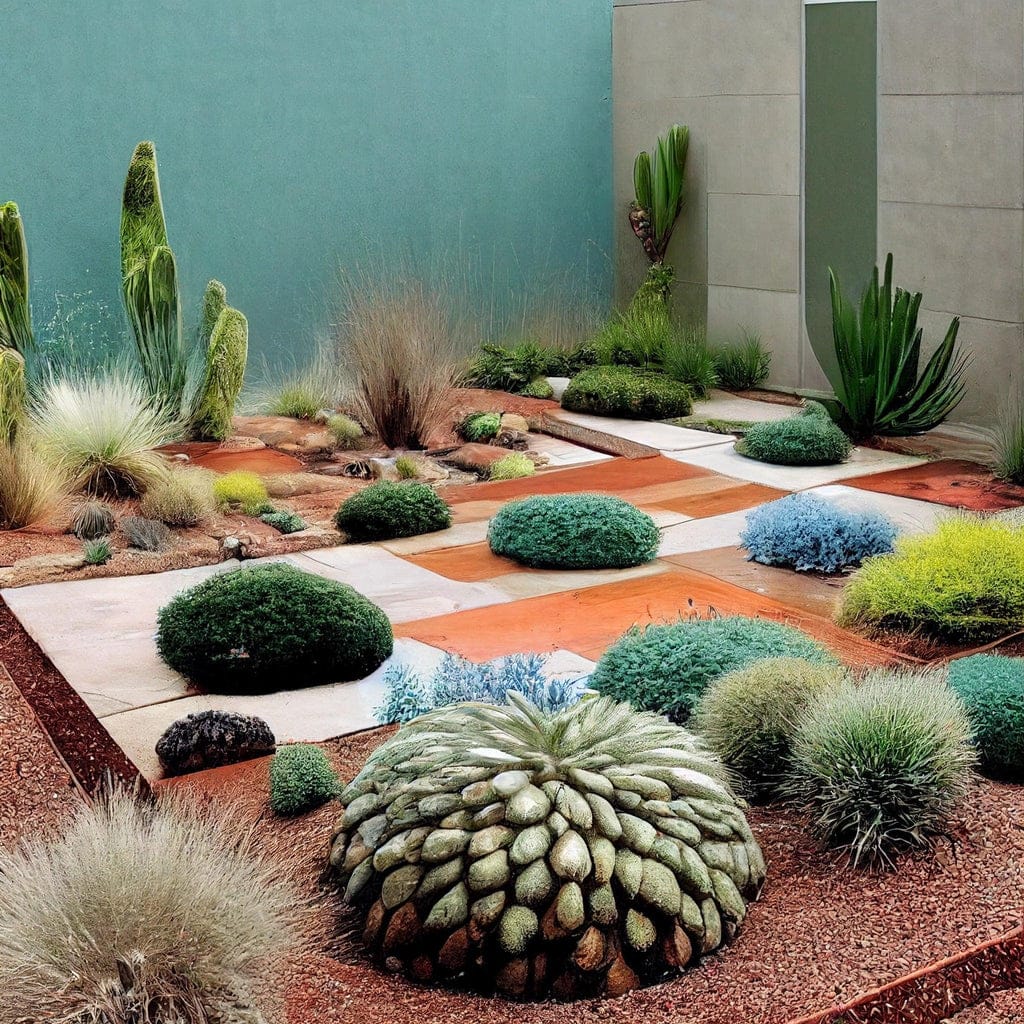
Steps to Create a Low-Maintenance Landscape with Xeriscaping
1. Plan Your Landscape Layout
Start by planning your landscape with xeriscaping in mind. Carefully choose the right plants based on the climate, soil, and sun exposure in your yard. Group plants with similar water needs together, known as “hydrozoning.” This will help optimize water usage, ensuring that water is applied only where it’s needed. Consider using groundcovers, shrubs, and grasses that require less water to reduce the need for constant maintenance.
2. Choose Drought-Tolerant Plants
When selecting plants for your low-maintenance landscape, opt for drought-tolerant species. Native plants are an excellent choice since they are adapted to local conditions and typically require less water once established. Some popular drought-tolerant plants include succulents, lavender, yucca, and ornamental grasses. These plants not only thrive in dry conditions but also require minimal pruning and are resistant to pests and diseases, further reducing maintenance needs.
3. Improve Soil Quality
Healthy soil is the foundation of a successful xeriscaped garden. Start by amending your soil with organic compost or mulch to improve its structure and water retention. Good soil helps plants establish deep roots, making them more drought-tolerant and reducing the need for frequent watering. Additionally, mulching around plants helps retain moisture, reduces weed growth, and keeps the soil temperature consistent.
4. Install Efficient Irrigation Systems
Although xeriscaping focuses on low water usage, proper irrigation is still necessary, especially during the establishment phase. Installing an efficient irrigation system, such as a drip irrigation system, can ensure that your plants get the right amount of water without wastage. Drip irrigation delivers water directly to the roots, reducing evaporation and runoff, which saves both water and time spent on watering.
5. Minimize Lawn Areas
Traditional lawns require a lot of water, fertilizer, and mowing, making them high-maintenance. To create a truly low-maintenance landscape, consider reducing or eliminating large lawn areas. Instead, opt for groundcovers or hardscaping features like gravel, pavers, or stone pathways that require minimal upkeep. These alternatives to lawns can provide visual interest and create a beautiful, functional landscape without the need for constant care.
6. Use Mulch for Water Conservation
Mulch is a key component of xeriscaping. It helps retain soil moisture, keeps roots cool, and reduces the growth of weeds. Applying a 2- to 3-inch layer of mulch around your plants will also minimize the need for frequent watering, saving you time and effort. Organic mulches like wood chips or bark also improve soil quality as they decompose, benefiting plant health in the long run.
7. Embrace Natural Elements
One of the key benefits of xeriscaping is that it embraces natural elements. Incorporating rocks, gravel, and boulders into your landscape not only adds texture and visual appeal but also helps with water retention and weed suppression. These elements require little to no maintenance and contribute to the overall low-maintenance design.
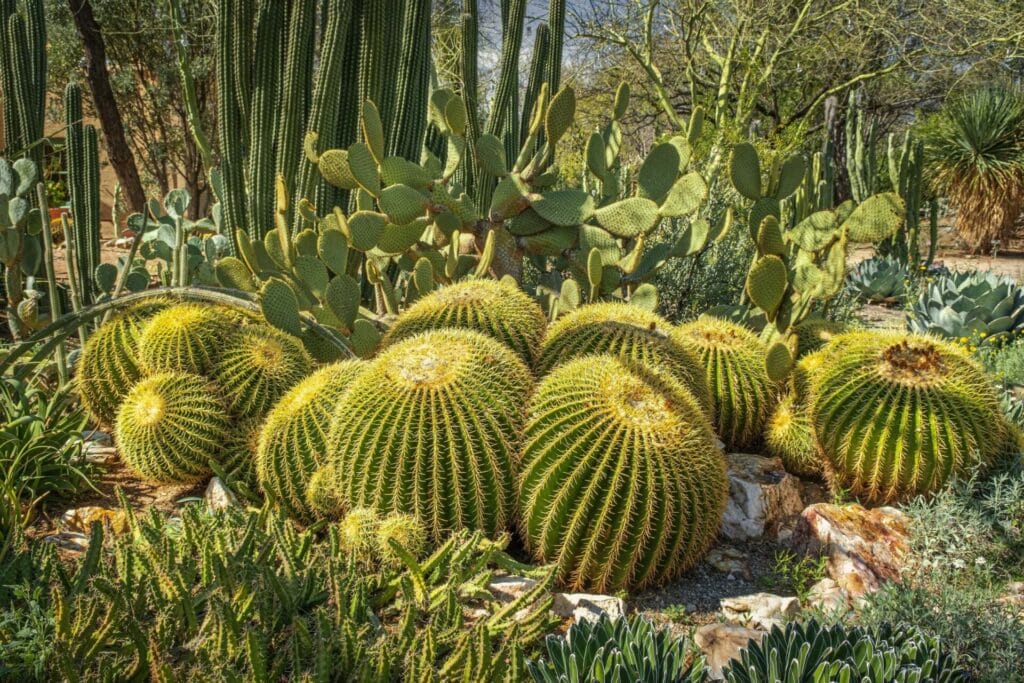
Benefits of a Low-Maintenance Xeriscaped Landscape
- Water Conservation: Xeriscaping significantly reduces water usage, which is especially important in areas with limited water resources.
- Reduced Maintenance: With drought-tolerant plants, efficient irrigation systems, and minimal lawn areas, your landscape requires much less upkeep than traditional gardens.
- Cost Savings: Lower water bills and reduced need for fertilizers, pesticides, and frequent lawn mowing can save you money in the long run.
- Environmental Impact: By using native plants and sustainable practices, xeriscaping helps support local wildlife and reduces your ecological footprint.
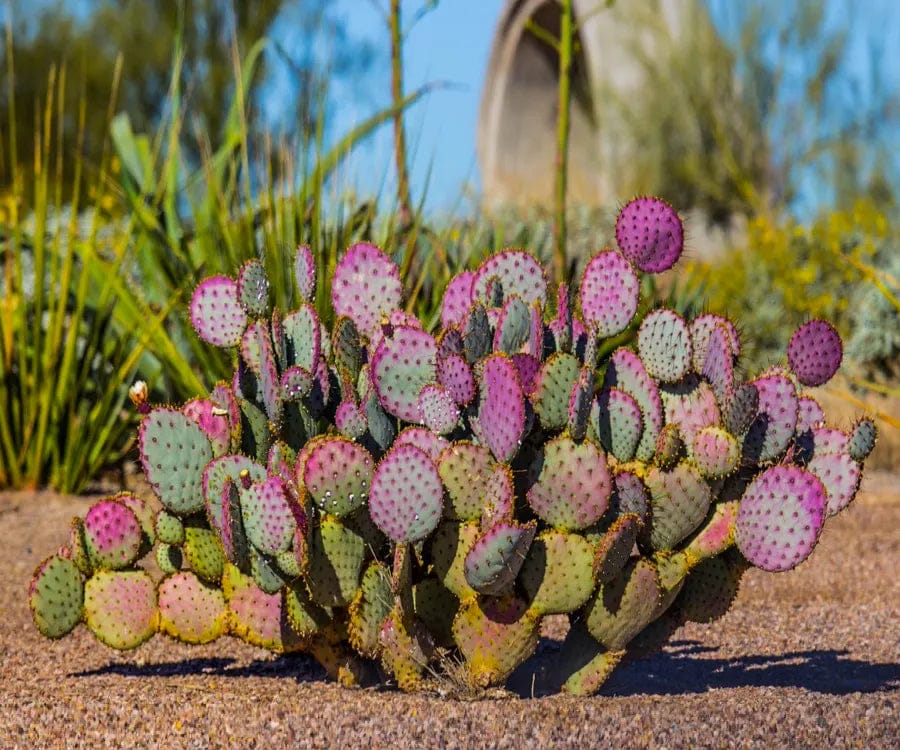
Conclusion
Creating a low-maintenance landscape with xeriscaping is an excellent choice for homeowners who want a beautiful, sustainable, and easy-to-care-for outdoor space. By planning your landscape carefully, selecting drought-tolerant plants, improving soil quality, and using efficient irrigation techniques, you can enjoy a stunning garden that requires minimal effort and resources. Xeriscaping not only saves time and money but also contributes to a healthier, more sustainable environment.
